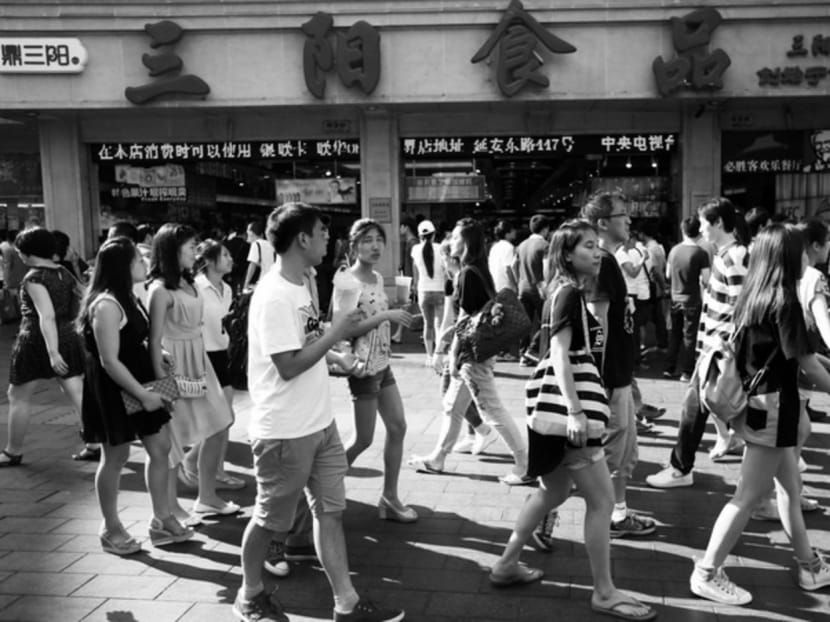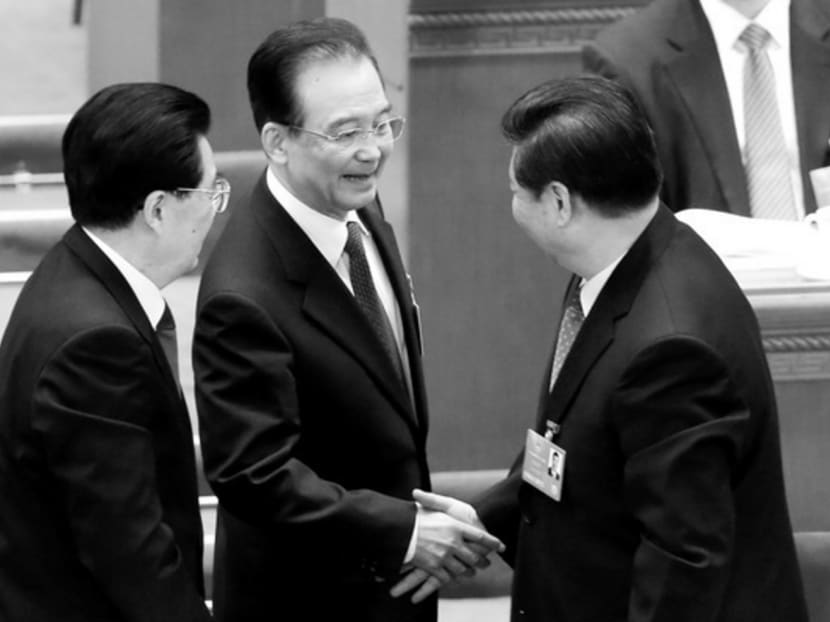Why China is leaning on monetary policy, not fiscal expansion
In economic policy, as in most other areas, actions speak louder than words. By cutting its benchmark policy interest rates, the People’s Bank of China (PBoC) has underscored the tactical focus of the government’s stabilisation policy, which aims to put a floor of about 7 per cent on GDP growth.


In economic policy, as in most other areas, actions speak louder than words. By cutting its benchmark policy interest rates, the People’s Bank of China (PBoC) has underscored the tactical focus of the government’s stabilisation policy, which aims to put a floor of about 7 per cent on GDP growth.
Achieving this goal will be no small feat. China’s economy is facing structural headwinds arising from the shift to a new model of services- and consumer-led growth, as well as cyclical pressure, as a tough global environment puts downward pressure on the old export- and investment-led model.
The cyclical challenges, in particular, are proving to be more severe than anticipated. Although exports have declined considerably from their pre-crisis peak of 35 per cent of GDP, they continue to account for about 24 per cent, leaving China exposed to the global growth cycle — especially to markets in the developed world, where demand is exceptionally weak.
Indeed, 42 per cent of Chinese exports go to Europe, the United States, and Japan — three economies that are flirting with secular stagnation. And Europe, China’s largest export market, has struggled the most.
Given that development strategies begin to fail when economies reach middle-income status — a threshold that China is rapidly approaching — the nation cannot afford to allow mounting cyclical risks to undermine its structural transformation.
Modern history shows that the best way for a developing country to become ensnared in the dreaded “middle-income trap” is to cling to its old model for too long.
REFORMING WITH SLOWING GROWTH
The fact is that only structural transformation can lift a middle-income developing country to high-income developed status. Fortunately, China’s leaders recognise this and are committed to achieving it.
President Xi Jinping has been spearheading the effort to press ahead with reform and rebalancing. A year ago, at the Third Plenary Session of the 18th Central Committee of the Chinese Communist Party (CCP), Mr Xi and his team created the country’s most ambitious economic-reform agenda in 35 years.
This, together with the 12th Five-Year Plan of 2011, highlights the authorities’ commitment to bolstering the services sector and domestic consumption.
At the same time, China has been shifting responsibility of implementing reform from its antiquated planning apparatus (the National Development and Reform Commission) to a more effective market-based mechanism embedded in the CCP’s structure (the Leading Small Group for Comprehensively Deepening Reforms).
Add to that Mr Xi’s unprecedented anti-corruption campaign and there is no turning back on China’s road to rebalancing and structural change.
However, the risk of cyclical disruptions, such as an unexpected decline in global economic growth, remains.
This raises an important tactical challenge for China. How can it stay the reform course without suffering a significant growth slowdown in the short term?
This is not the first time China has confronted this challenge. Indeed, the Great Recession of 2008-2009 pushed Beijing to the brink of recession. With global trade collapsing and Chinese export demand having plummeted from 26 per cent annual growth in mid-2008 to a 27 per cent contraction by early 2009, the government moved aggressively to inject 4 trillion yuan (S$850 billion) into the economy.
Although this enabled growth to recover by the end of 2009, it also contributed to new problems, includingexcessive debt, a property-market overhang and mounting local-government financial risk.
The last thing China needs is more fiscal stimulus. Today’s cyclical disruption pales in comparison with that of 2008-2009 and, unlike fiscally reckless developed economies, Beijing recognises excessive debt as a threat to sustainable growth and development.
Moreover, unlike major developed economies, most of which have used up all of their conventional monetary-policy ammunition by reducing policy interest rates to zero, China has plenty of monetary stimulus in reserve to address cyclical disruptions.
In these circumstances, it makes sense for Beijing to lean more on monetary policy than on fiscal expansion.
Nonetheless, the PBoC’s tactical decision is not without potential pitfalls — not least because it encourages the extension of more credit at a time when China is trying to wean itself off debt-intensive growth.
A key challenge will be to avoid escalating credit risk, which can undermine the process of reform and rebalancing.
From the start, China’s leaders knew the interaction between structural transformation and the business cycle would be complicated.
As former Premier Wen Jiabao noted nearly eight years ago, China’s economic growth had become increasingly “unstable, unbalanced, uncoordinated and unsustainable”. The longer Beijing delayed addressing its problems, the more intractable the solution became.
Mr Xi and his colleagues are resolute in staying on course to rebalance the Chinese economy, while remaining acutely aware of the near-term cyclical risks.
After all, China’s vulnerability to such risks is rooted in its old growth model, which was allowed to remain for far too long.
With the recent monetary easing, the Chinese authorities seem to be drawing a line in the sand to prevent an excessive drop in growth, suggesting that they view a cyclical disruption as a real threat to the country’s longer-term structural-reform agenda.
To the extent that those fears persist, additional monetary easing can be expected. PROJECT SYNDICATE
ABOUT THE AUTHOR:
Stephen Roach, a faculty member at Yale University and former Chairman of Morgan Stanley Asia, is the author of Unbalanced: The Codependency of America and China.






